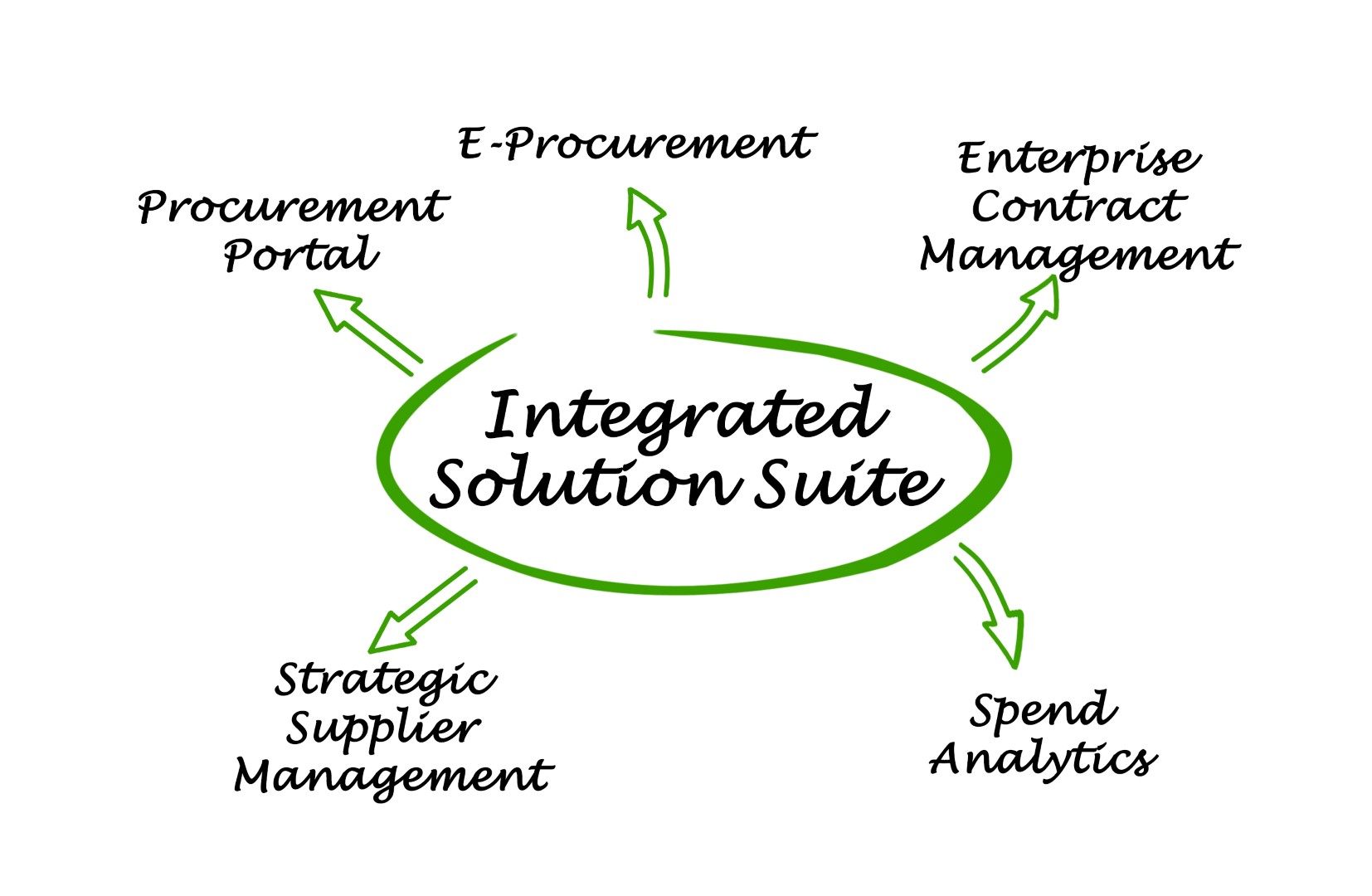The need for applications to control business processes can be found at every layer of the application infrastructure structure. Enterprises are integrating call centers with order-management applications and manufacturing systems and tying them together with BPM (business process management). From integration to routing to management and monitoring, the goal remains the same – optimization and control of business processes in an increasingly dynamic business environment.
The business processes that have been the key drivers of this segment for sometime now would dictate Enterprise Applications Integration and their development. Service Oriented Architecture would be the basic structure, which would help integrate such high-end enterprise applications as Entrepreneur Resource Planning or ERP. The enterprise applications initiatives will be orchestrated by the business, so that enterprises would be working even more closely with line-of-business counterparts to implement application services. Regardless of the application technology, process and business will reign supreme.

To better understand why an organization needs enterprise application development, lets consider some practical examples. A good example is employee data in a company, which is found inside an HR application as well as inside a Payroll application. So do we enter the same data twice into two different applications? No, obviously it is time consuming and also may lead to errors of data entry. Another scenario we can look at is the case of Quotes. Quotes are present in a CRM application, but Purchase orders are reconciled in an ERP system. So, there is a need to exchange data between the ERP and the CRM applications. One more basic example we can consider in order to further understand the need for enterprise application integration is the case of Products; the Product database is required in many applications such as CRMs, ERP, etc.
The fact still remains that functionally; data has to be exchanged between a CRM and an ERP application or between a HRMS and a Pre Sales application. Remember that data also has to be exchanged periodically, thus the need for enterprise application integration. The challenges of integration arise primarily from different application programming constructs and different databases or different file formats which are in use. Also there may be a considerable amount of maintenance effort required to transport and verify data between real time systems.
If one is involved with the operation or development of an enterprise application, there will be a compelling need to integrate enterprise applications with another using the emerging preferred approach of messaging. Today’s business applications rarely live in isolation. Users expect instant access to all business functions an enterprise can offer, regardless of which system the functionality may reside in. This requires disparate applications to be connected into a larger, integrated solution. This integration is usually achieved through the use of some form of middleware. Middleware provides the plumbing such as data transport, data transformation, and routing. Architecting integration solutions are a complex task, which is why TechSpire has dedicated engineers to handle all your enterprise application integration needs.










